Perhaps the most versatile garment of any in the world, the sari has, over decades, become prosaic. Despite dozens of possible drapes, most wearers adopt the Nivi drape: over the left shoulder and pleated in front. However, one element of the sari appears to be changing enough to merit attention: the humble blouse. Spanning a few short years, we are witnessing its change into something more comfortable, wearable and representative of the newer generations.
“There’s an evolution towards experimentation” says Himanshu Verma, curator of The Saree Festival, Delhi, 2016 and also an ardent wearer of the sari. “Women are now willing to let go of any preconceived notion when thinking of a blouse.” Over the last few seasons, fashion editorials have been featuring all manner of garments as sari blouses: t-shirts, white collared shirts, off-the-rack crop tops, even jackets, and sari wearers are starting to follow. And we’re just at the start of the curve, according to Verma.
Above: images | ‘Into The Fold’ ELLE editorial photographed by Errikos Andreou, Rahul Misra Amazon India Couture Week 2015
He says that while it is a movement led by what he dubs the ‘cognoscenti’ of sari wearers – people who are design forward, know their textiles and like experimenting – there are a lot of people from the urban middle class who are taking notice. “For example college professors, people who wear khadi saris to work every day, they’re radically experimenting with blouses and having fun with them. It might even be as drastic as wearing a t-shirt or a peplum top, something that’s not traditionally an Indian silhouette. It really enhances the vocabulary of sari-wearing today.”
With little information available on the history of the blouse, it is difficult to trace exactly when wearers settled upon the choli as we know it today. It is the same style stagnation that afflicts the ‘Nivi’ drape, popularised in the 1900s.
Playing with sari blouses is nothing new: vintage photographs show women in high-necked, full-sleeved, loose-fitting blouses paired with chiffon floral saris, or a cowl-necked, 3/4 sleeve longline top worn during a tiger hunt. Styles also broadly echoed the fashions of the day, such as long-sleeved, high-necked button up styles in Victorian times, to square shoulders and sweetheart necklines in the 40s.
Above: images | Sweater with Bengali sari, circa 1930, Parsi ladies in Victorian blouses, photographed by Jules Gervais Courtellement for National Geographic
However, somewhere along the line it became accepted wisdom that the choli was almost universally short, with 6 inch sleeves, a scoop neck and back, and fastened with a row of eye-and-hook closures in the front; that one singular aesthetic was proper and correct.
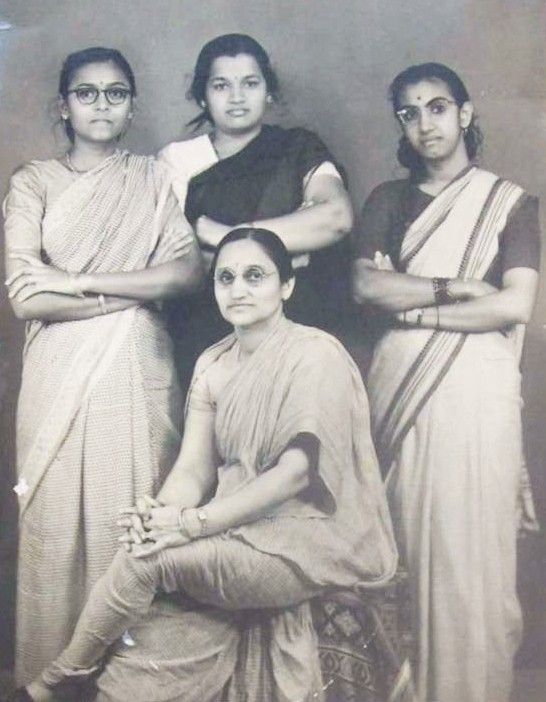
Above: images | A group of women wearing the 6 inch sleeve choli, Maharani Gayatri Devi
But fashion is evolutionary. And fashion trends can often broadly reflect what is happening in the socio-economic-political realm, as posited by the Hemline Index, an economic theory conceived in 1926 that suggests that fashion favours long dresses in times of economic woe, and shorter hemlines when things are buoyant.
In the sari context, it could be said that experimentation really kicked into a new gear as the Indian economy – and with it, society – opened up.
As the 1990s continued, heavily embellished bikini tops or stretch bandeaus appeared in place of the choli, with women seemingly determined to show as much skin as possible to demonstrate how liberal they were.
But now, 25 years post liberalisation, perhaps there is nothing left to prove.
That is the theory presented by Sanjay Garg of Raw Mango, one of the main drivers of the modest, anti-fit sari blouse movement. “Showing skin used to say you’re liberal. To me, it’s no longer needed to be said. You can wear a covered blouse and still be liberated,” says Garg. “You see girls in nightclubs nowadays wearing loose dresses that are comfortable. Looking at global fashion today, what is sexy has sort of been redefined.”
Above: image | Raw Mango blouse from the ‘Shaher’ collection
Garg, whose label has been around for almost eight years, initially made blouses only to wear under saris on the runway; he didn’t sell them until customers requested he did. He cast an analytical eye over the market and looked for what was lacking, and saw a gap for well-designed blouses that weren’t striving to be overtly sexy. His blouses are quietly directional: sometimes a raglan sleeve, sometimes a peter pan collar, sometimes a bell sleeve, most always with a zip.
Above: image | Raw Mango’s ‘Vana’ collection
Bombay-based designer Anavila Misra, known for her linen saris, is another designer offering loose silhouettes – her visuals always show the sari draped differently, a notable difference amongst other brands. For her, the impetus to rewrite the choli came from personal experience of wearing saris daily, and suffering through the suffocating embrace of the too-tight blouse.
Above: image | Anavila Misra backstage at S/S 2016, photographed by Vogue
“I want to feel as comfortable in a sari and blouse as I am in jeans and a t-shirt,” says Misra. “Maybe the younger crowd who don’t want to wear a fitted blouse might like my blouse, I see them experimenting a lot. They’re making efforts to redefine and reconsider how the blouse can look under the sari.”
Above: image | Abhishek and Shambhavi, textile designers at Anavila Misra, dressed in an Anavila sari
Challenging aesthetics and comfort are key drivers of this shift, though perhaps there has been a serendipitous alignment with fashion trends as well. The crop top trend of 2013 took a few seasons to percolate, but soon became an alternative for many girls looking for a new blouse. A Delhi-based fashion stylist says she regularly teams crop tops bought online with saris, as well as mismatched fabric and styles. Her other favourite look is a shirt teamed with a sari. “It’s about bringing two worlds together – the present and past.”
It is still early days, says Verma, who believes we are in the “first phase” of experimentation. “I’m curious to see whether we might find some structure, say five years down the line. We might work our way through various ideas to find one that strikes and takes hold. Maybe this whole phase will lead to a new way of wearing blouses that are even more beautiful, and sari-appropriate.” And maybe into new ways of wearing the sari … a shift that is needed in order for it to remain worn, appropriated and accessible in the years to come.
________
Disclosure: Raw Mango is a client of the Border&Fall Agency.

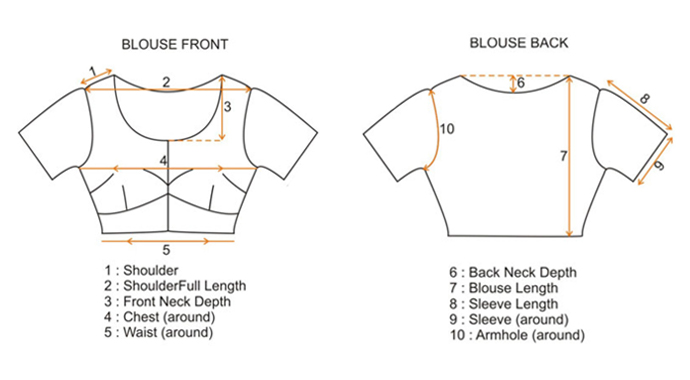
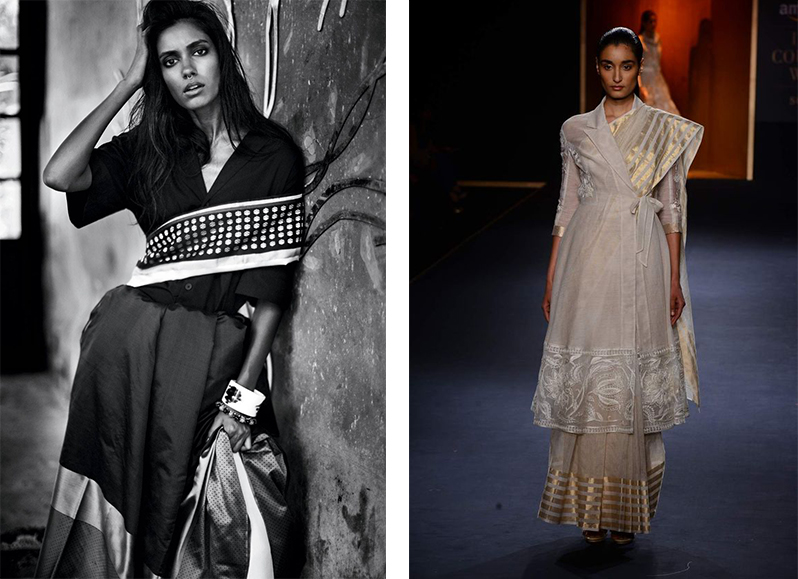
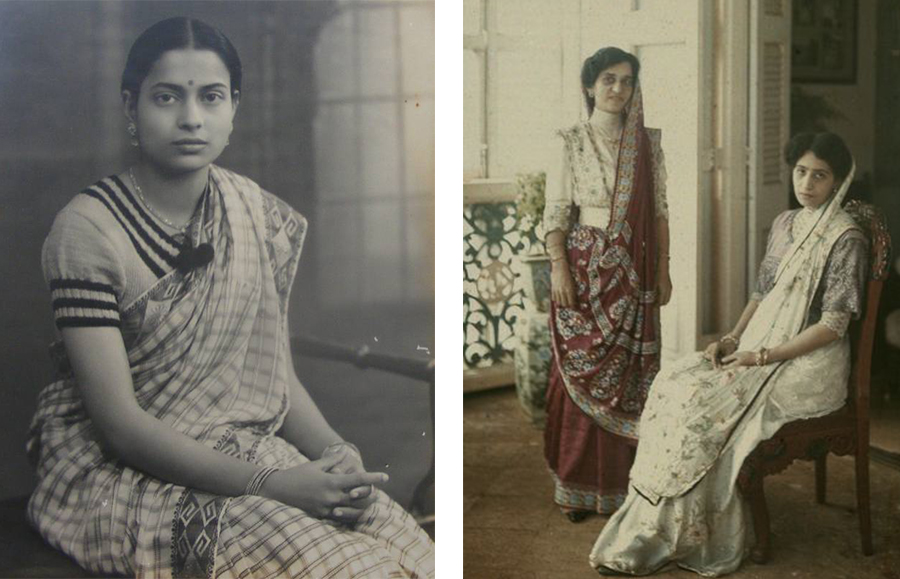
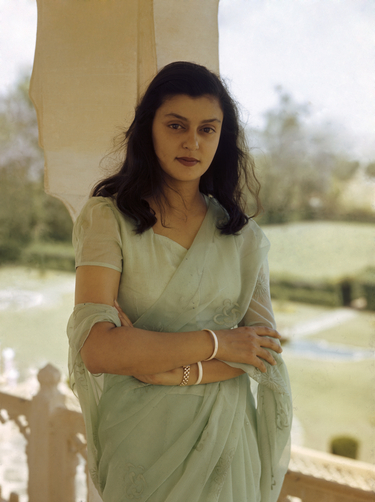
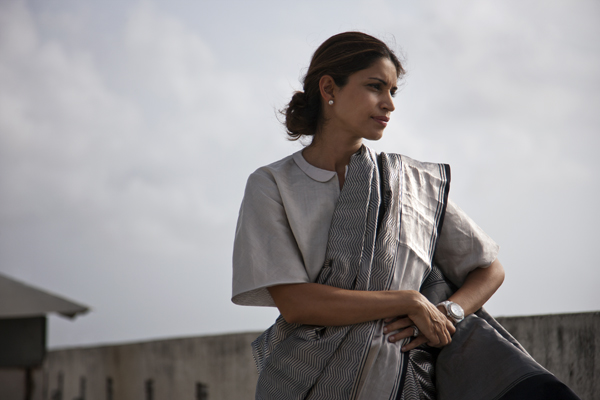
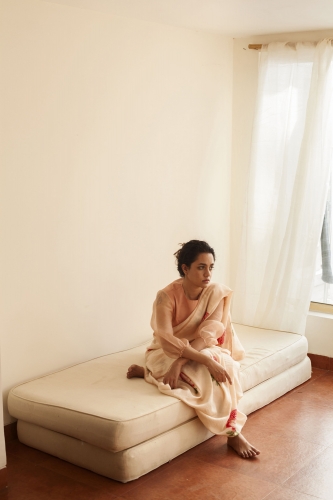
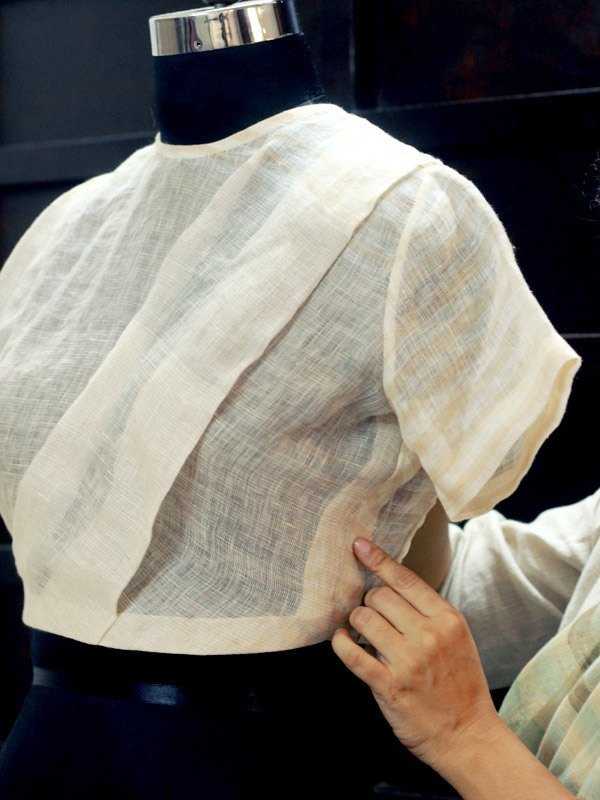
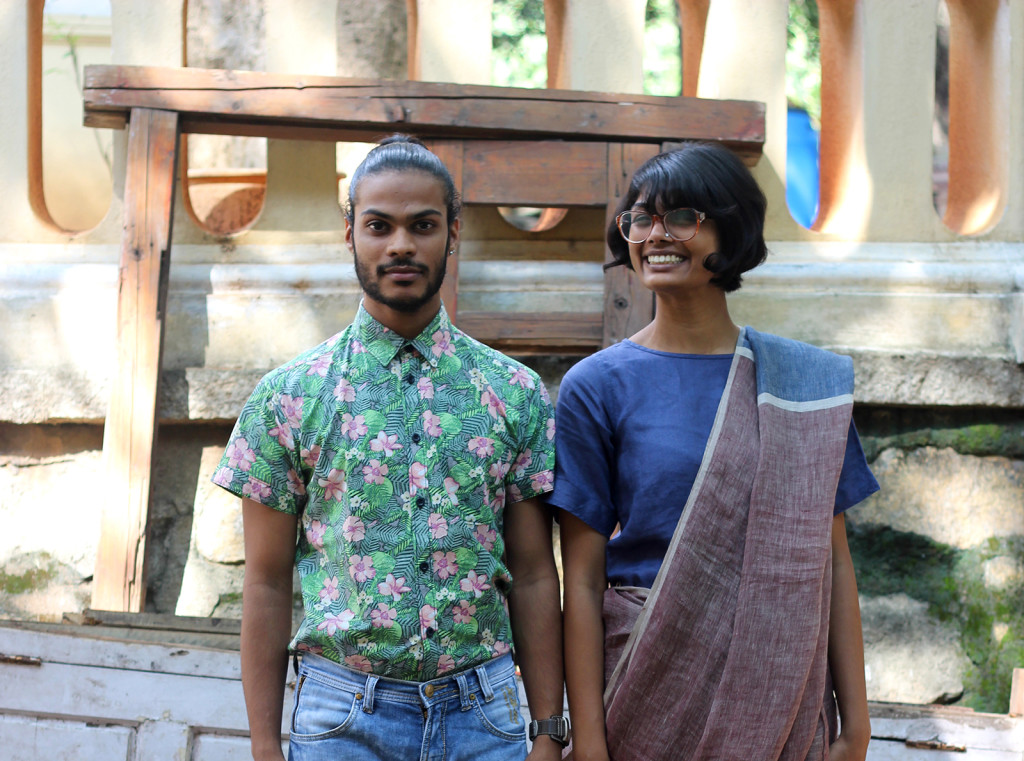
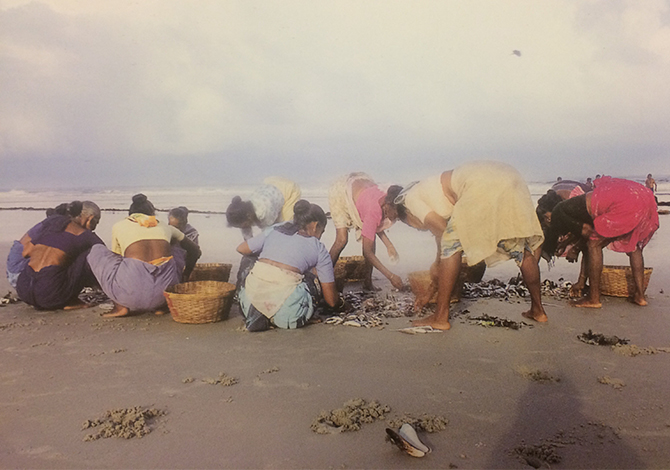
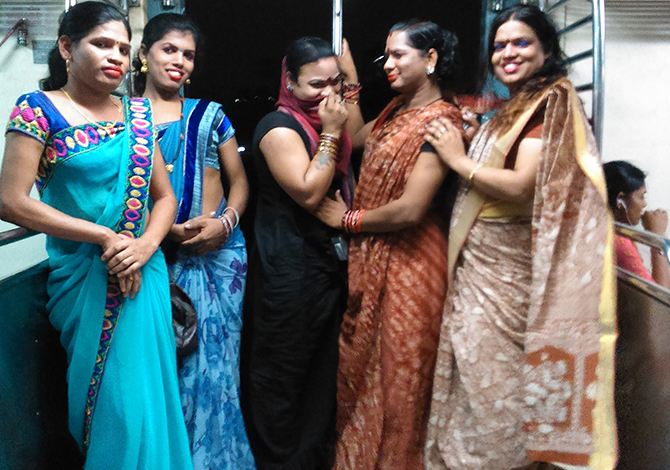
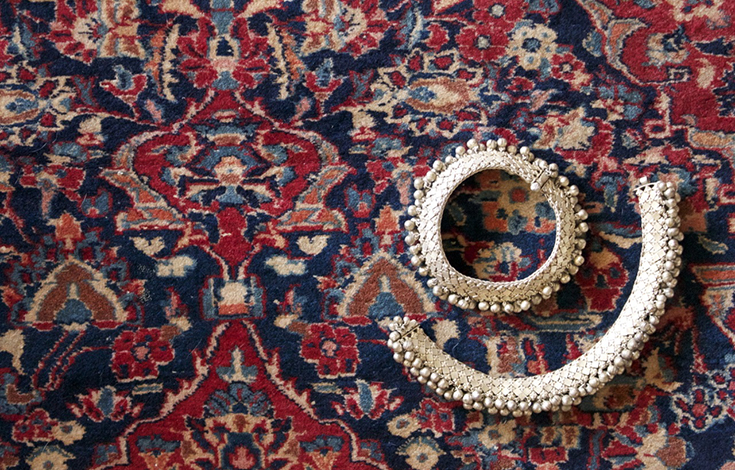
Wow
Indeed well written and explained
Saree is a beautiful drape which has inspired drapes of other cultures .
lovely post. You should check out Bhang sarees on FB, lovely blouses with lovely sarees!
having a comfortable and lose blouse is one thing but changing the entire look of the sari and how it is draped will change it into a different dress,it won’t be sari anymore. for comfort take a look at the ways the laborer women, the factory workers or the field women wear it. let them wear the lose blouses and find out their reaction. I think sari is for special occasions now. For comfort you cannot beat skirts or pants, no matter how comfortable you turn the sari blouse into. the draping portion itself is not comfortable to handle.
Comfort comes with familiarity. Wear it often enough – in the sun, in the rain, while travelling, cooking, sleeping, sweeping a floor … And you will see how comfortable it really is … Yes I love my jeans ans skirts, Salwars, patialas et al. But for me, for emotional comfort, I always turn to the saree.
I’m all for the loose fitting sari blouse. yes i too hope that it will become more popular and acceptable soon.
It seems I have, unbeknownst to me, pre-dated a fashion trend simply because I could not get choli nor did I have time to make any. Moreover, living in New England means that I have to layer to be warm in einter.
Hi,
Thanking you for sharing such a well-researched blog. Though trends come and go, Sarees will always remain the most classic & elegant garment of all times. The new blouse designs just help highlights this very important factor. Love the beautiful images used. Great post. Keep up the good work!